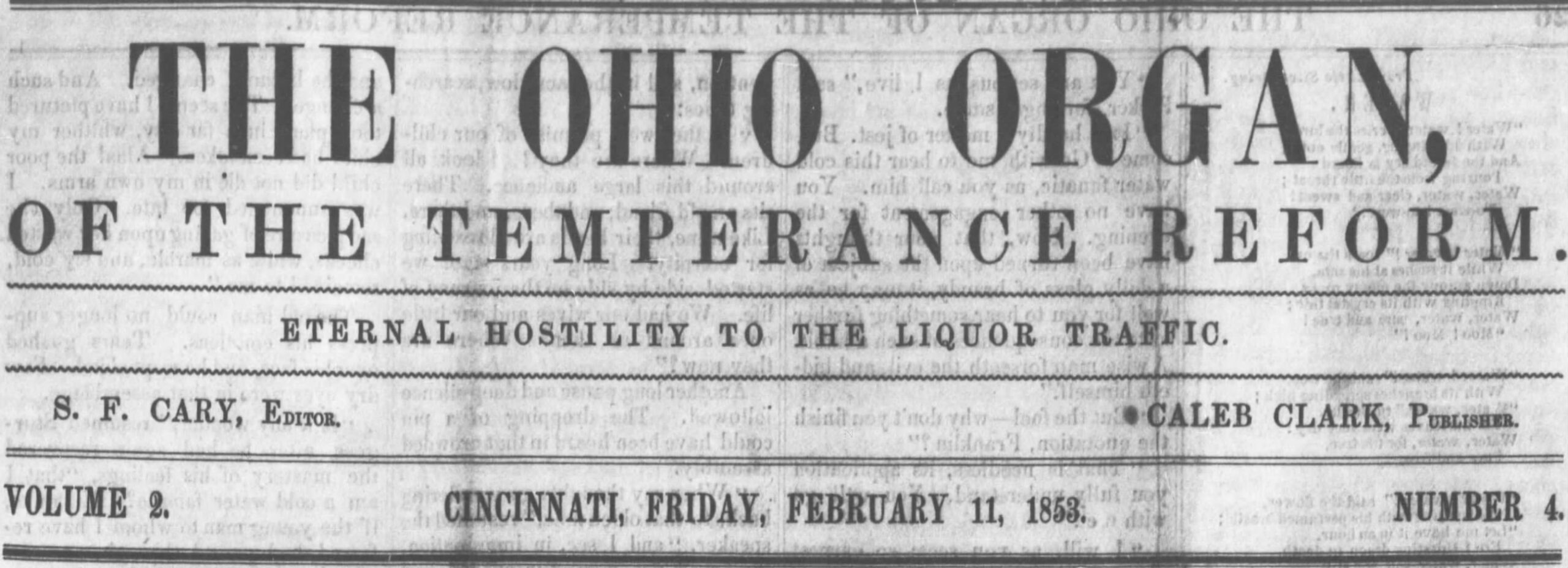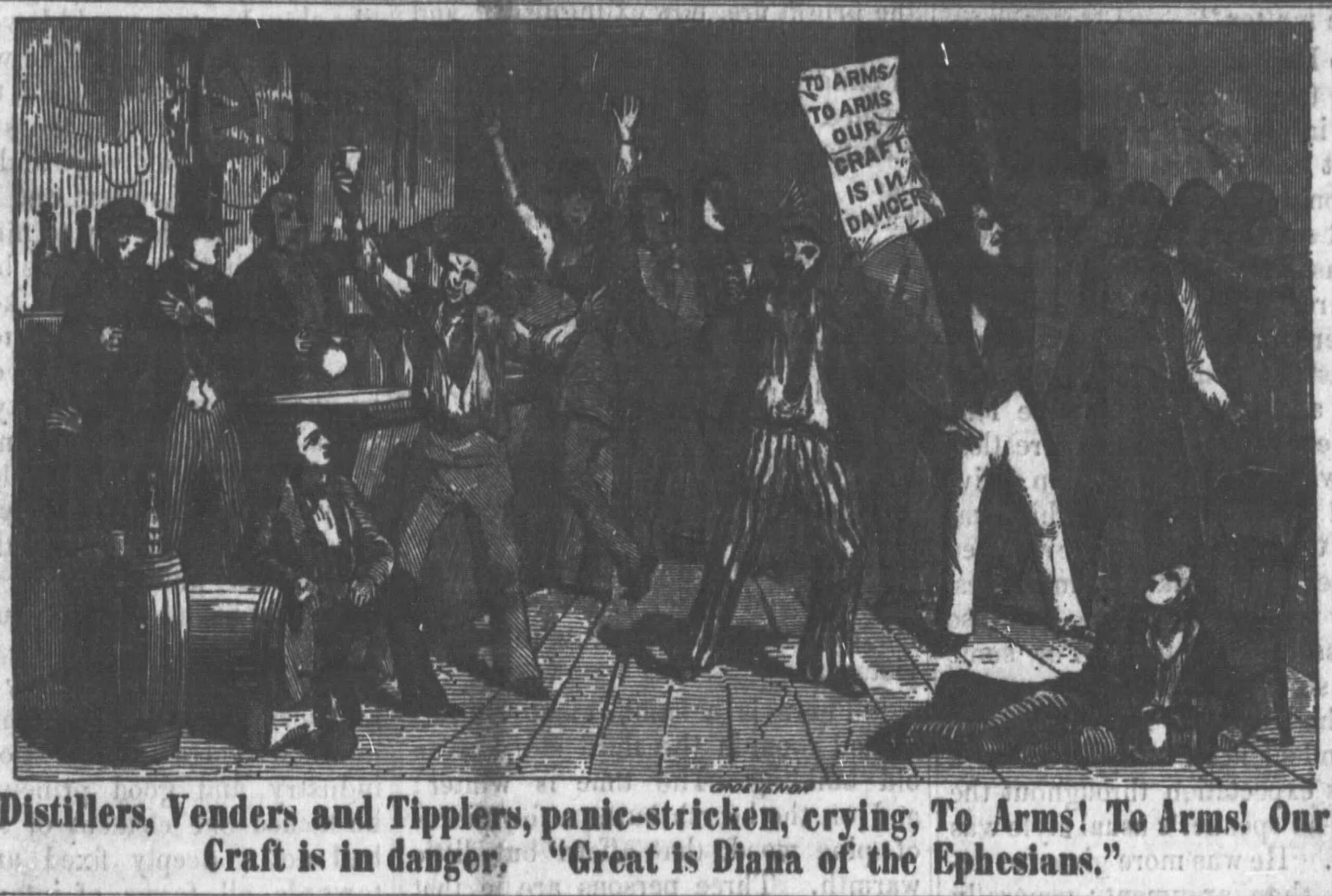The temperance movement did not spring out of a hole in the ground. It took about 100 years to impose its will upon the United States and upon our Constitution. Even after the prohibition of alcohol use became a mainstream ideology later in the 19th century, most people misunderstood what a amendment dedicated to National Prohibition would entail. The concept of temperance was reasonable, after all! Wasn’t it?
The Women’s Christian Temperance Union (WCTU) preached against the evils of drunkenness and the destruction of families stemming from the abuse of strong drink. Can’t argue with that, can you? The Anti-Saloon League simply wanted to reduce the number of drinking establishments across the country and limit the amount of access intemperate people were given to strong drink. Sounds reasonable, doesn’t it? THOSE drunkards needed to be controlled because they could not control themselves. THOSE other people needed to be taught a lesson and guided toward sobriety. Most Americans figured their own rights wouldn’t be infringed upon because it was all THOSE people over there that drank too heavily. THOSE people were the focus of the temperance fighters. “Decent people” would be able to keep their private clubs and SURELY, temperance laws wouldn’t affect their access to “the lesser evils” of beer and wine. But zealotry would ultimately win the day by allowing the public to believe what they wanted to believe.

While America certainly had a drinking problem in the early 1800s, we were still a small country, relatively speaking. The nation’s population grew with every ship ferrying hopeful immigrant families from abroad to our shores. America’s citizenry became more diverse with each passing decade. As the standard of living in America changed, the amount and types of liquor consumed changed, as well. But society had formed its opinion about “strong drink” and about which types of people indulged in it. The article below was published in 1853, and it clearly shows how America’s intemperance during the early 1800s was still fresh in people’s minds. The WCTU was building a strong following. Once the liquor taxes went into effect after the Civil War (over a decade later), the amount of alcohol readily available and the consumption rate of alcohol fell off dramatically. But…these facts no longer mattered. People FELT that liquor was the problem and that immigrants were only making the problem worse. The fires of Prohibition had been lit. Zealots insisted that while temperance was a good start, abstinence was the only real solution. Nothing could convince them otherwise.

A few things to note:
- The signature, “W.T.C.” does not yet include “Christian” or “Union”. The “Women’s Temperance Committee” (W.T.C.) would not officially become “The Women’s Christian Temperance Union” (W.C.T.U.), a national organization, until 1874.
- The article stresses the idea that if women were allowed to vote, temperance laws would already be in place.
- Here, the words “abolition” and “abolitionist” represent the abolition of strong drink, not slavery; The two cultural battles, temperance and the abolition of slavery, shared moral and religious foundations and intersected quite often through leaders and ideologies. The early 1800s ushered in a great wave of social reform and many rallying cries focused on “abolition”- a complete halt to liquor traffic.
- Cincinnati, Ohio would go on to become a hub for the liquor industry- both straight whiskeys and rectified/blended whiskeys in the late 19th and early 20th centuries.
*The featured image shows protesters holding a sign with backward lettering saying “To Arms, To Arms, Our Craft is in Danger!”, which illustrates the slovenly, drunken nature of the cartoonish figures. The caption also reads, “Great is Diana of the Ephesians!” This chant alludes to Bible verses from Acts 19:24-41 which describes a riot incited by the worshipers of Diana of the Ephesians (also known as Artemis). In the story, the teachings of the Apostle Paul threatened the pagan worshippers commitment to the goddess, and they revolted. The illustration is a dog whistle to Christians, connecting anyone associated with alcohol to paganism and sin.

